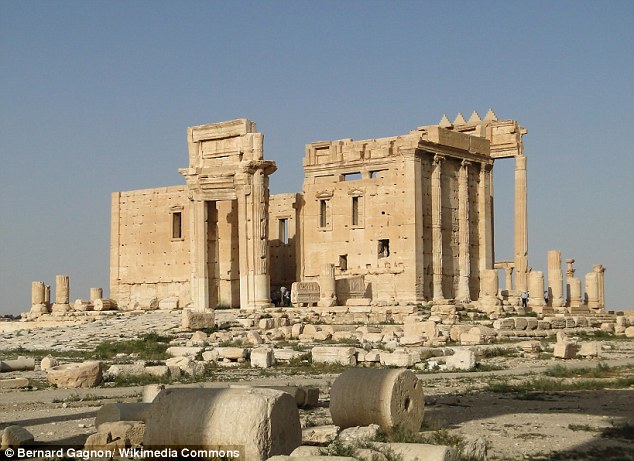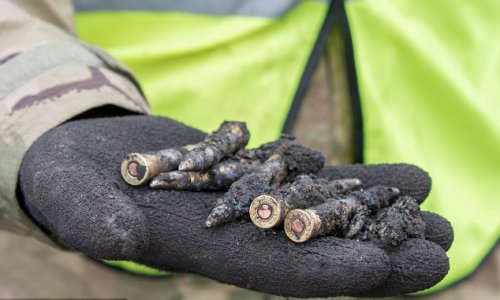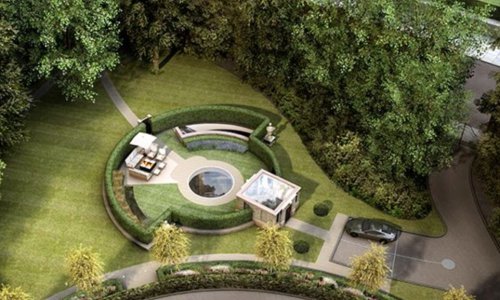Shocking new pictures released by Islamic State show the destruction of a 2,000-year-old temple in the Syrian city of Palmyra.
Just a single arch of the ancient Temple of Bel still stands after the terrorists filled it with explosives and razed it to the ground.
The photographs, published in the terror group's English language magazine, Dabiq, are the first showing the aftermath of the demolition.
ISIS, which has already blown up several ancient sites in neighbouring Iraq, overran the city in May and last month murdered retired archaeologist Khaled Asaad, 82, who worked as head of antiquities there for more than 50 years.
The terrorists went on to destroy the Temple of Baalshamin in the complex and then blew up the larger Temple of Bel days later at the end of August.
The whole of Palmyra, including the four cemeteries outside the walls of the ancient city, has been listed as a world heritage site by UNESCO since 1980.
Earlier this month, before and after satellite images showed how the main building of the Temple of Bel had been destroyed. They proved it was still standing on August 27.
The new photographs show jihadis carrying blue containers - seemingly containing explosives - into the temple - one of the most prominent structures in a sprawling Roman-era complex - the explosion and the aftermath.
ISIS, which has imposed a violent interpretation of Islamic law across its self-declared 'caliphate' straddling Syria and Iraq, says such ancient relics promote idolatry.
The Temple of Bel, dating back to 32AD, shows a unique merging of ancient Near Eastern and Greco-Roman architecture.
It is dedicated to the Semitic god Bel and is considered one of the most important religious buildings of the first century.
The temple consisted of a central shrine within a colonnaded courtyard with a large gateway, within a complex that has other ruins, including an amphitheatre and some tombs.
It stood out among the ruins not far from the colonnades of Palmyra, which is known by Syrians as the 'Bride of the Desert'.
Palmyra was an important caravan city of the Roman Empire, linking it to India, China, and Persia.
Before the outbreak of Syria's conflict in March 2011, the UNESCO site was one of the most popular tourist attractions in the Middle East.
Recent satellite images also appear to confirm reports that the terror group has blown up three ancient tower tombs in Palmyra.
One of them was that of Elahbel, built in 103AD, which Syrian antiquities chief Maamoun Abdulkarim said was four storeys high and had an underground floor.
In its listing, the UN agency singles out the tower tombs as the 'oldest and most distinctive' of Palmyra's funerary monuments – 'tall multi-storey sandstone buildings belonging to the richest families'.
Abdulkarim said the Tower of Jambalik, built in 83AD was also destroyed, along with the Tower of Ketout, built in 44AD and famed for the vivid scenes etched into its walls.
(dailymail.co.uk)




www.ann.az
Follow us !











